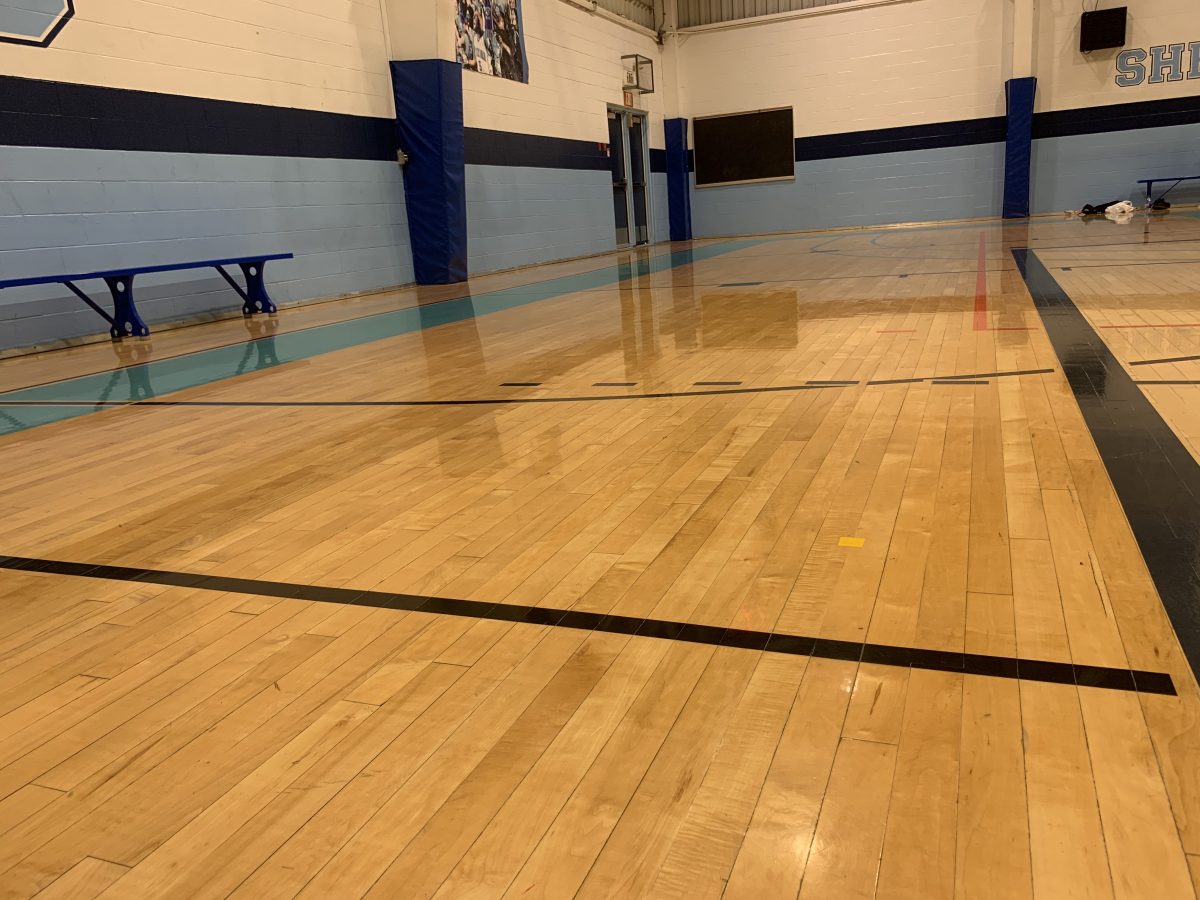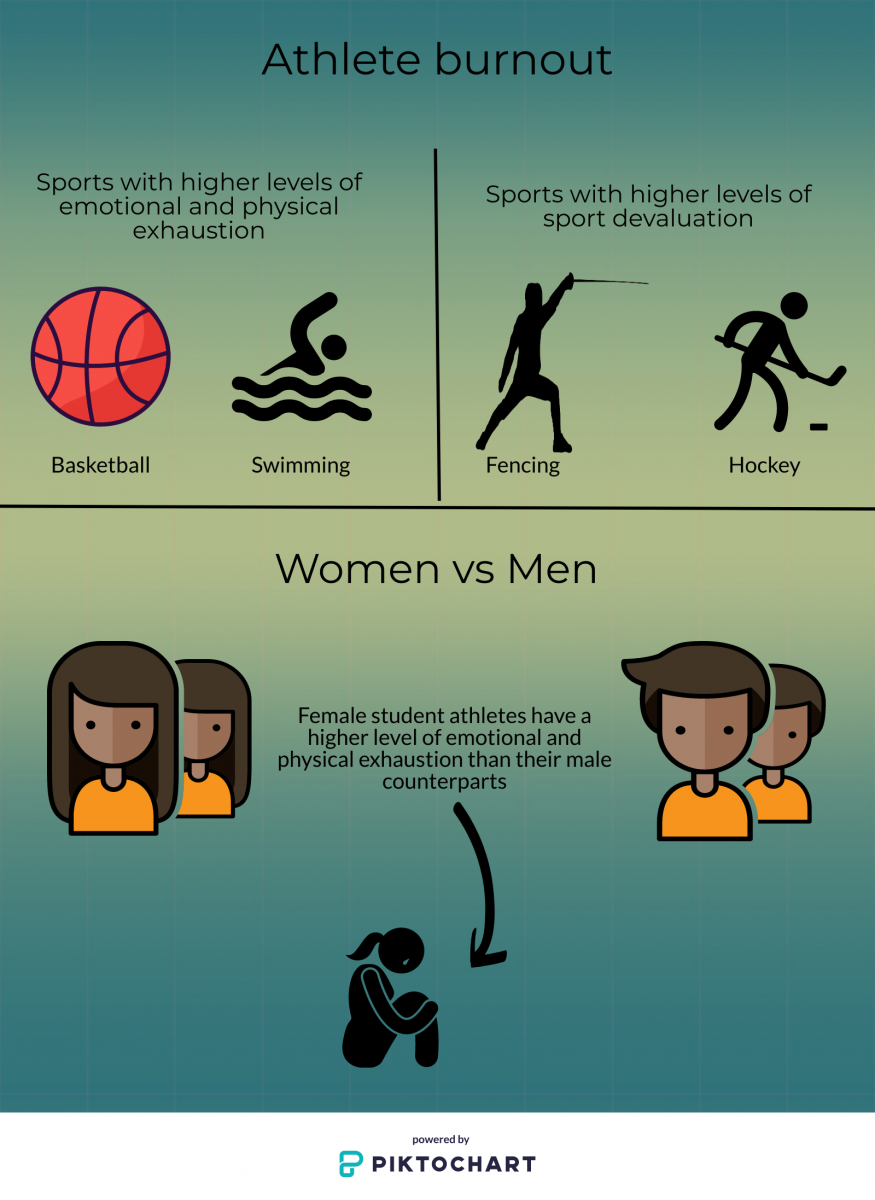BY GABRIELLE ESTEVES
Would you be able to recognize the symptoms if you were suffering from burnout?
The NCAA says that burnout is characterized by the absence of motivation as well as complete mental and physical exhaustion, and student athletes are at risk.

Paul Angelini is the coach of the Sheridan Bruins women’s soccer team. He explained why student athletes might be susceptible to burnout. He says the soccer season runs from mid August to mid November with practices lasting an hour and a half to two hours and ranging from three to five days a week depending on the game schedule.
“In terms of practices, games and video practices, it’s quite extensive. Players have to have very good time management skills. They have to be very disciplined with their time,” Angelini said.
He added that burnout is usually triggered by a combination of school and academics.
“Burnout in my experience typically doesn’t happen because of soccer. It manifests itself in soccer . . . they [students] have a mental meltdown and they fight with their teammates. They do things that they generally haven’t done before.”
Angelini said his job as head coach is to immediately get students who are showing signs of burnout in front of a counsellor and then figure out what happens to soccer from there.

A study exploring levels of student athlete burnout at two Canadian universities found that student athletes may start experiencing burnout as early as one month in to the academic school year. Emotional responses such as frustration, anger, feelings of incompetence, and mood disturbances have also emerged as consequences of burnout, and women typically having a stronger response to burnout than men.
Nicole Dubuc-Charbonneau is one of the study’s authors. She says they were never able to find conclusive evidence as to why women have higher burnout responses but did develop a hypothesis:
” Women have higher senses of empathy and compassion and so because of that they’re often taking on some roles of either caregiving or thinking of others,” said Dubuc-Charbonneau.

Charbonneau also said that she thinks poor nutrition, lack of sleep, and other physiological components come in to play because it compromises the athlete’s ability to self regulate and manage their emotions.
Charbonneau’s study suggests that emotional and physical exhaustion, as well as a reduced sense of accomplishment are the first two symptoms to be developed in burnout.The study also says that burnout is often linked to increases in fatigue, lethargy, illness, injury, loss of focus, and self doubt.
The Quad, a website that focuses on student life says that student athletes suffering from burnout should take time to rest their minds and bodies. It also advises that students should take a mental break, allow for physical recovery, get some sleep, and re-evaluate what the most important things are in their lives, ideally before burnout sets in.

